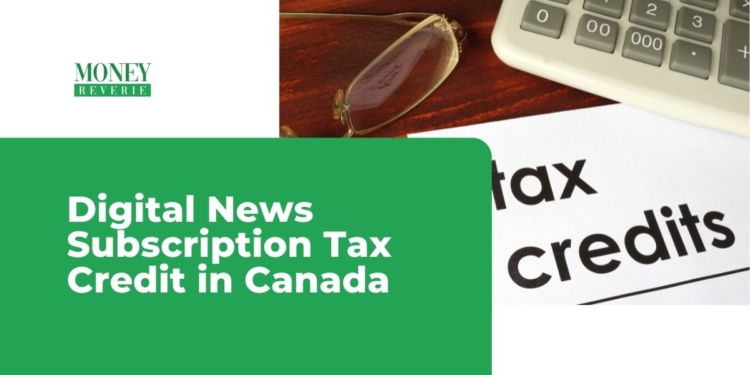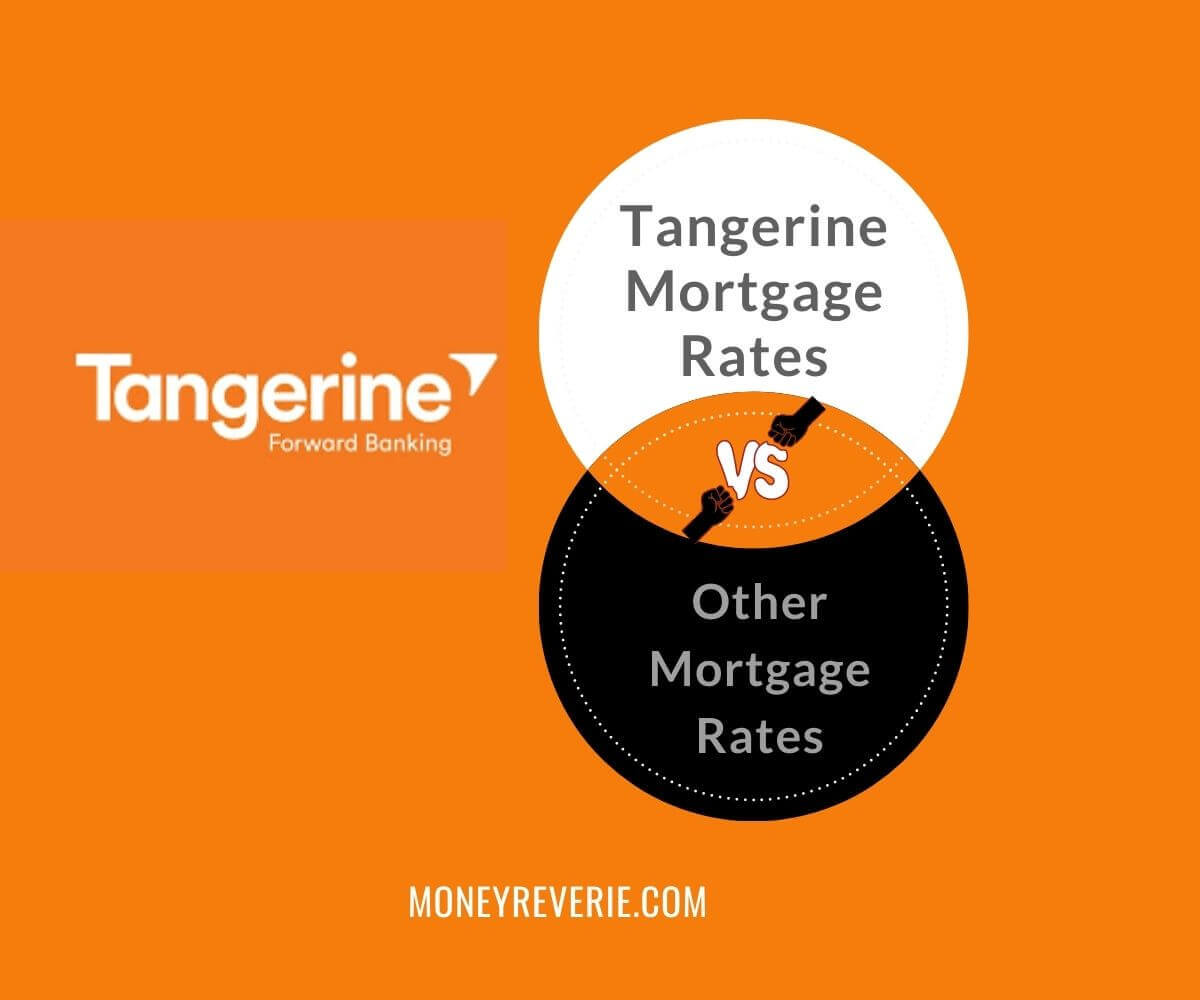The Digital News Subscription Tax Credit is a non-refundable tax credit for every amount you pay to a Qualified Canadian Journalism Organization (QCJO) for qualifying subscription expenses after 2019 and before 2025.
To qualify for this tax credit, you must subscribe to an approved digital news service, as determined by the Canada Revenue Agency (CRA), and use the subscription to access content in digital form.
In this blog post, we will discuss all you need to know about the Digital News Subscription Tax Credit. We will also provide clear insights into the eligibility criteria, approved digital news services, and the process of claiming this tax credit.
What is the Digital News Subscription Tax Credit?
The Digital News Subscription Tax Credit is a non-refundable tax credit designed to offset the subscription costs paid by Canadians to Qualified Canadian Journalism Organizations (QCJOs). It was introduced in 2019 to support the financial sustainability of Canadian journalism.
This tax credit applies to qualifying subscription expenses made to a QCJO between 2019 and 2025. To be eligible, the QCJO must primarily focus on producing original news written content.
The purpose of this tax credit is to encourage individuals to maintain their subscriptions to Canadian digital news platforms by providing a potential tax refund on their subscription costs.
The Digital News Subscription Tax Credit is non-refundable and can only reduce your federal tax. In other words, it can’t result in a tax refund exceeding the tax you owe to the government.
With this tax credit, the Canadian government aims to support the journalism industry and incentivise individuals to stay informed through Canadian digital news sources.
What Qualifies for the Digital News Subscription Tax Credit?
To qualify for the Digital News Subscription Tax Credit (DNSTC), you must subscribe to a QCJO and have a qualifying subscription expense.
A qualifying subscription expense is the amount you paid as a subscription cost in one year for a digital news subscription. However, your subscription must be with a Qualified Canadian Journalism Organization (QCJO) that does not hold a license defined in subsection 2(1) of the Broadcasting Act.
Furthermore, to be eligible for the digital news subscription tax credit, you must have a subscription for digital news content that you primarily consume in written form. This means subscriptions for radio services like SiriusXM, which primarily offer audio content, will not qualify.
Qualified Canadian Journalism Organizations (QCJOs) are responsible for confirming the eligibility of their subscriptions with the CRA.
They must complete and submit Form T622, Digital News Subscription Tax Credit – Eligible Subscription, to the CRA. Once confirmed, the eligible subscription names will be published on the CRA’s list of QCJOs. It is crucial to check this list to ensure that your subscription expenses qualify for the DNSTC.
If the QCJO providing your subscription is not listed by the CRA, it is recommended to contact the organization directly to determine if they qualify for the DNSTC. It’s advisable to contact them before claiming the tax credit to avoid any discrepancies.
How Much is the Digital News Subscription Tax Credit?
The CRA multiplies the total costs of your qualifying subscription expenses in the year up to $500 by the lowest personal income tax rate.
The lowest personal income tax rate is 15% currently. This means you can claim a maximum annual tax credit of $75 ($500 x 15%).
So, for example, if your total qualifying subscription expenses for digital news to a QCJO is $300, you will get a tax credit of $45 ($300 x 15%).
However, CRA will split your tax credit between eligible parties if you are in a subscription agreement with more people, roommates, or spouses.
If you have a subscription to non-qualifying news content, like non-digital content, or a radio subscription, like SiriusXM, you can only claim the tax credit on the stand-alone portion of the digital news content you can access.
If it is difficult to determine the stand-alone cost of the digital new content, you can use a comparable stand-alone cost to estimate the qualifying subscription expenses. Otherwise, you will receive a tax credit for only half of the total subscription cost.
Digital News Subscription Tax Credit List
The following are some of the most common publications in Canada that qualify for the tax credit:
- Toronto Star
- The Globe and Mail
- Acadie Nouvelle
- Hamilton Spectator
- Niagara Falls Review
- L’actualité
- Edmonton Journal
- Journal de Montreal
- Journal de Quebec
- Montreal Gazette
- National Post
- Edmonton Sun
- Toronto Sun
- Ottawa Citizen
- The Guardian
- Ottawa Sun
- The Vancouver Sun
- Winnipeg Sun
- Winnipeg Free Press
- Telegraph Journal
- London Free Press
- Times Colonist
- Calgary Sun
- Calgary Herald
- Alberta Today
- Regina Leader-Post
- Brandon Sun
- Medicine Hat News
- Le Canada Français
- The Daily Courrier
Here is a full list of eligible digital news subscriptions.
Other Income Tax Measures to Support Journalism
In addition to the DNSTC, the Canadian government has implemented various income tax measures to support eligible journalism organisations.
1. Canadian Journalism Labour Tax Credit
The Canadian Journalism Labour Tax Credit is a refundable tax credit introduced by the government to assist Canadian news providers in covering the salaries of their news employees. This tax credit amounts to 25% of a taxation year’s total qualifying labour expenditures.
To be eligible for this tax credit, your organisation must qualify as a Qualified Canadian Journalism Organization (QCJO) and exclusively publish written news content instead of television or radio news. Additionally, your business must meet the ownership conditions outlined in the Income Tax Act, specifically related to Canadian newspapers.
The maximum Canadian Journalism Labour Tax Credit eligible organisations can claim is $13,750 annually for each qualified newsroom employee. Qualifying labour expenditures are subject to an annual cap of $55,000 per eligible newsroom employee.
2. Registered Journalism Organization Requirements for Registration
The Federal Budget 2019 introduced Registered Journalism Organizations (RJOs) as a new category of qualified donee, granting them exemption from income tax. This means that RJOs can issue donation receipts for the gifts they receive.
Individuals who make donations can utilise these receipts to claim a charitable donation tax credit, while corporations can use them to deduct the donated amount from their taxable income on their income tax return.
Final Thoughts on Digital News Subscription Tax Credit
The digital news subscription tax credit presents an exciting opportunity for individuals seeking to reduce taxes while supporting trustworthy journalism. By subscribing to digital news services from qualified journalism organisations, you can unlock the benefits of this tax credit.
Don’t miss out on these potential savings and the chance to positively impact. Start exploring eligible digital news subscriptions today and take advantage of the digital news subscription tax credit.
Subscribe to qualified digital news publications, reduce your tax burden, and be part of a flourishing journalism industry.
FAQs on Digital News Subscription Tax Credit
What is the QCJO?
QJCO is an acronym that stands for Qualified Canadian Journalism Organisation. It refers to Canadian news platforms that can claim the Canadian journalism labour tax credit.
The subscription costs for digital news are considered eligible expenses for Canada’s digital news subscription tax credit.
Is the Globe and Mail Eligible for the Digital News Subscription Tax Credit?
Yes, they are. The Globe and Mail is an eligible Canadian journalism organisation that qualifies for the digital news subscription tax credit.
Can You Claim The Digital News Subscription Tax Credit?
Absolutely! You can claim the digital news subscription tax credit if you have subscribed to any qualified journalism organisation for digital news content.
What is Considered a Digital News Subscription?
Any subscription made for digital news content (not printed on paper) to a qualifying news organisation is considered a digital news subscription and eligible to claim the digital news subscription tax credit.









